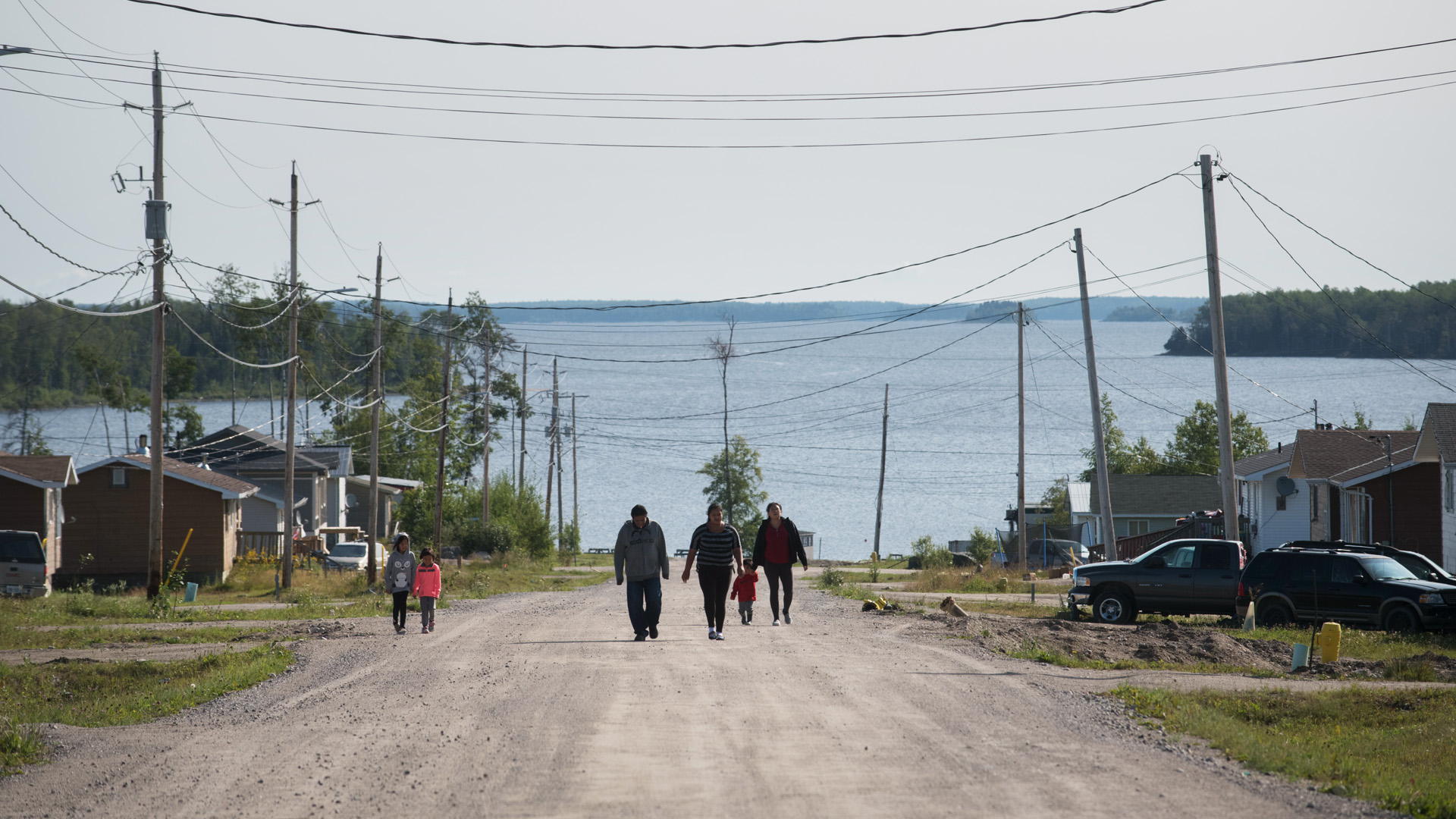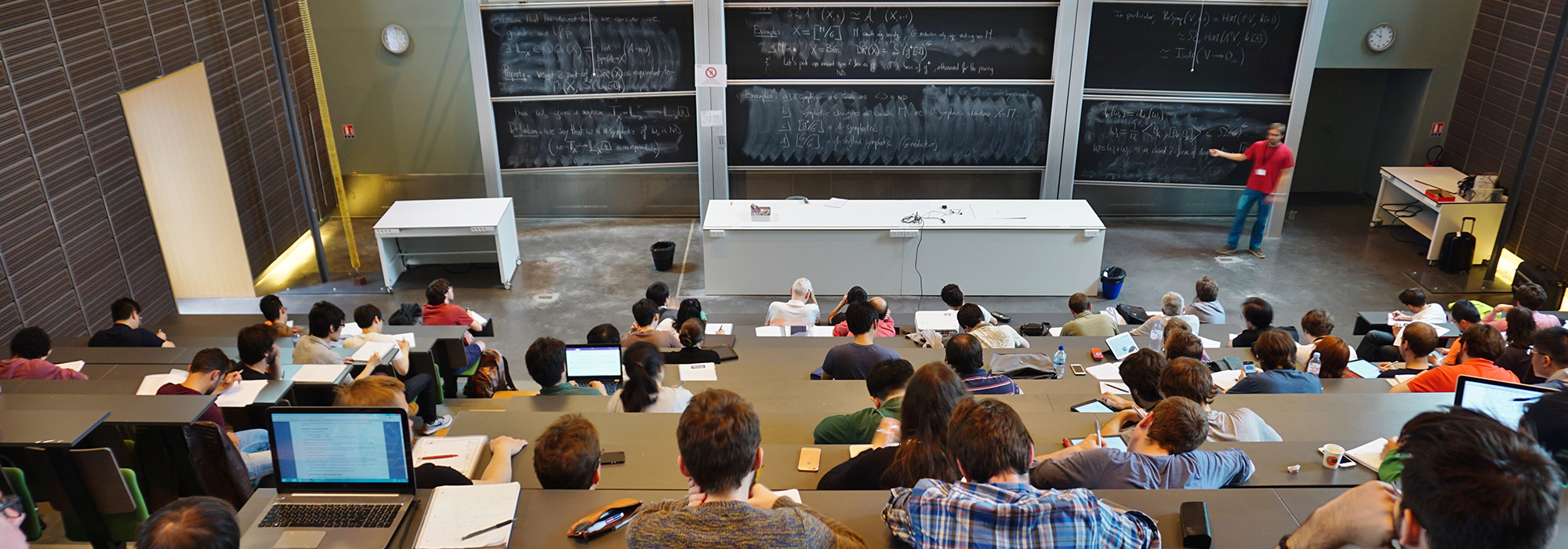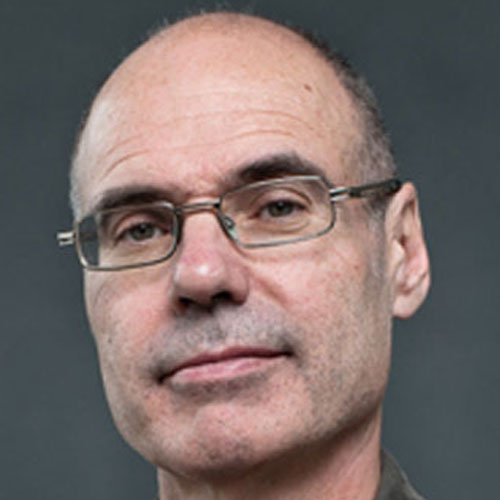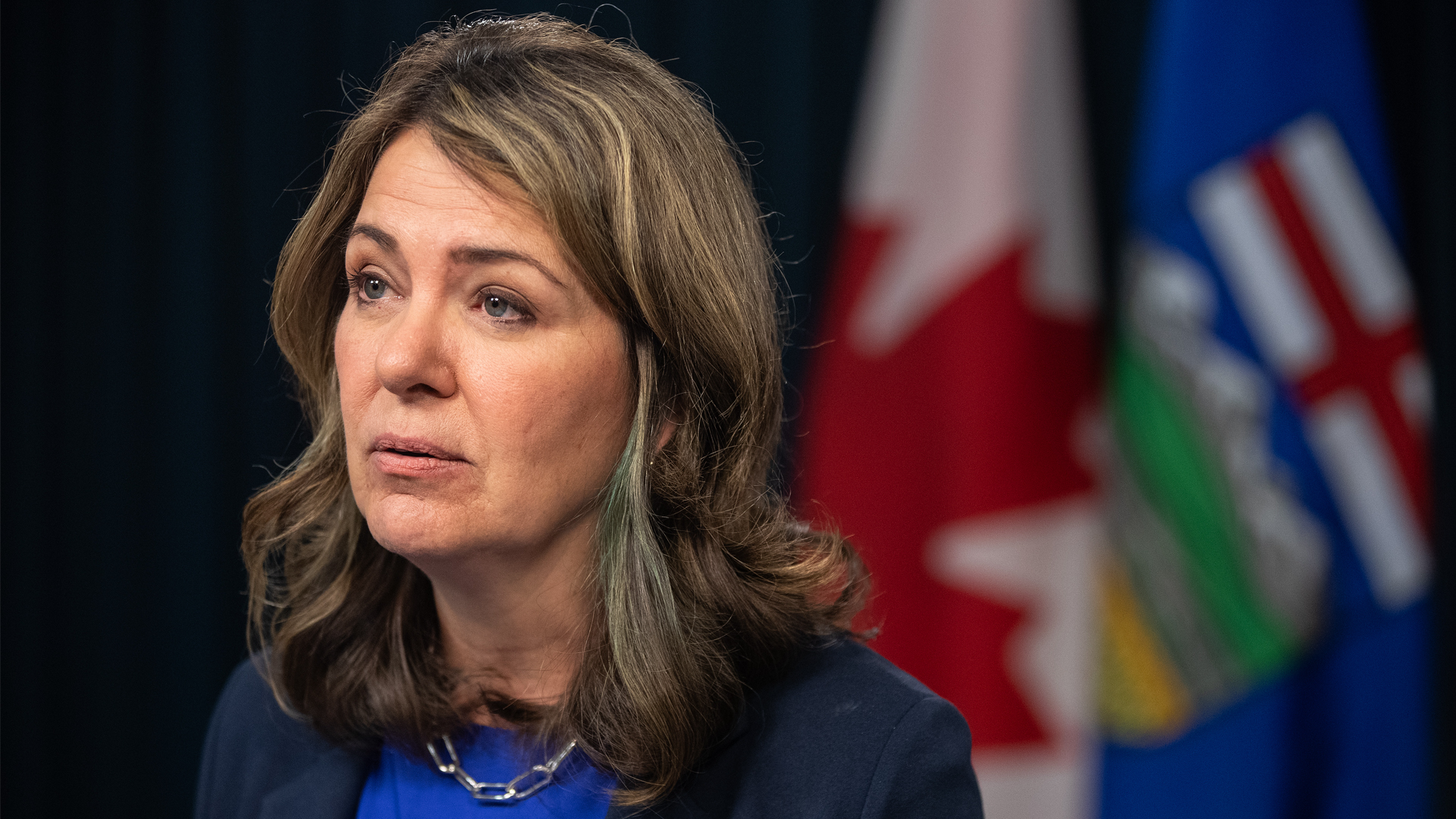
One of the most effective ways to address the difficult economic and social conditions facing Canada’s Aboriginal people is to ensure that more of them are able to get a good education. The most pressing need is at the elementary and secondary school levels, where less than half of young Aboriginal people graduate from grade 12, compared with about 80 percent for the non-Aboriginal population. But with almost three-quarters of the economy’s new jobs requiring some form of post-secondary education, Canada’s colleges and universities can play a critical role in improving economic prospects for Aboriginal people.
The Assembly of First Nations quotes the Prime Minister as having said at the January 11, 2013, meeting, “At some point we will need to discuss post-secondary education as well.” That conversation should definitely take place. And the provinces should be involved, since post-secondary education is in their jurisdiction.
Fortunately, not all colleges and universities are waiting for a national or even a provincial strategy. But much more needs to be done. Universities must account for the distinct character of Aboriginal students, with measures such as acknowledging the special requirements of people who often beginning their post-secondary studies at an older age and mitigating the financial and social stresses that can accompany their pursuit of a university degree.
The key is to ensure that Aboriginal students can study under conditions that foster a higher rate of graduation from post-secondary institutions. We cannot simply measure success by how many Aboriginal students are enrolled in colleges and universities. We must focus on how many emerge as graduates, richer for the experience and able to put their education to use. Every failure, by contrast, reinforces the uneasy sense among many Aboriginal people that the academic mountain is too high to climb and the odds set too high against them.
According to the evidence there is little doubt there is a link between better education and both improved personal health and higher lifetime earnings. Aboriginal men with only a high school diploma can expect to earn $300,000 less over their working years compared with those who complete a program at a non-university post-secondary institution. The amount of lost lifetime income rises to $400,000 when the first group is compared with those who complete university. But the biggest financial returns from university education accrue to Aboriginal women, where the lifetime earnings of those who have a university degree can be $600,000 greater over a lifetime than the earnings of women with just a high school diploma. Even some post-secondary schooling makes a difference: $350,000 more in lifetime earnings for those who complete community and technical college programs.
With many Canadian employers increasingly looking for skilled, trained workers, a better-educated Aboriginal population offers a route to improved living standards for individuals, and broader economic development for Aboriginal communities. The challenge for colleges and universities is to find ways to improve their success rate in attracting and graduating Aboriginal students with the relevant knowledge and skills.
A conference at Queen’s University in June 2011 brought Aboriginal post-secondary students together with academic and native leaders to analyze what works and what more is needed to achieve these aims. They were operating with the awareness that by 2017, the number of young Aboriginal adults aged 20 to 29 was expected to increase 40 percent — a growth rate five times that in the non-Aboriginal population. Ensuring that this generation has better post-secondary educational opportunities will go a long way in dictating the economic fate of their communities.
The conference made it clear that improving access to higher education for Aboriginal people is not just a matter of spending more public money. As a group, Aboriginal students have different characteristics and needs from non-Aboriginal students. Many do not go straight from high school to post-secondary education (none of the five students on the conference’s opening panel had followed anything close to that traditional route). That means universities and colleges must tailor their recruitment strategies to the needs of Aboriginal students. Some post-secondary institutions, mainly colleges, already conduct coast-to-coast-to-coast recruitment campaigns that include visits to remote communities, where they reach out to prospective students through not only high schools but also community centres.
One suggestion is that colleges and universities establish links with Aboriginal students when they are young, making them aware of the opportunities and benefits of higher education and instilling a belief that acquiring a post-secondary degree is an attainable goal. Several institutions bring young people onto campus on weekends or over the summer to give them a taste of the excitement of higher learning and make them feel more comfortable when they do arrive.
Admissions departments also have a responsibility to break the cookie-cutter mould of simply setting grade cutoff points for student selection. A mark on a standard grade 12 math or English exam does not speak to the potential of someone who has come from an impoverished background. Institutions need to be more open-minded about the students they admit, recognizing that marks are not the sole arbiter of who is likely to benefit from — and bring something to — a post-secondary program. Admission criteria must be more sophisticated than a test of current knowledge on a curriculum drawn from a conventional education program. The criteria must be able to assess potential that could be released in the student given the appropriate environment and adequate support.
Aboriginal students entering college or university are often older than the late-teen crowd that makes up the majority of entry-level student bodies. This means they are also more likely to have family responsibilities, which come with added financial commitments. While public funds cover tuition fees for many Aboriginal students, other costs can discourage enrolment, and financial aid has to take those demands into account. Additional tutoring is also often necessary to overcome gaps in educational levels. Though these services are not cost-free, the investment in ensuring a higher pass and success rate for Aboriginal students will produce long-term benefits for the overall economy.
Improving the academic experiences of Aboriginal people requires even further steps. Curriculums need to be modified so they are interesting and relevant to Aboriginal people. This does not mean teaching Aboriginal students about only Aboriginal matters. While exposure to a less insular world view is important, the broad post-secondary curriculum also needs to be infused with some sensibility of the Aboriginal experience, which would benefit non-Aboriginal students. From this, a shared understanding can grow, while also making the college or university experience less foreign to Aboriginal students.
Post-secondary education is a worthy goal on its own, but ensuring that academic achievement can be translated into interesting and rewarding work after graduation is crucial. Too few Aboriginal people with post-secondary qualifications find good jobs (a problem that increasingly bedevils all Canadians), which stokes a broader unease in native communities about the merits of investing time and effort in higher education.
Yet even as Canada faces sluggish economic and job growth, many employers complain of an inability to find the skilled and educated workers they need, especially in more remote regions. In the dry language of an economist, we have a serious mismatch between labour demand and labour supply. And there is a growing awareness that educated and well-trained young Aboriginal people could meet some of that demand, raising their own standards of living in the process.
Addressing the issue of what happens after graduation is increasingly seen as an essential part of convincing Aboriginal students to seek higher education in the first place. Those of us engaged with the issue hope to jump-start the discussion by holding a conference in Toronto on June 17, where employers and those involved in Aboriginal education will gather to examine the supply of Aboriginal students coming into the labour market. How many are there? Where are they studying? What are they studying? When will they graduate?
We will look at the demand for labour in Canada and try to determine how many job vacancies there are and where they are: In what sectors? Requiring what skills? Then we will look at how to bring the demand and supply together more efficiently and effectively, and examine companies and colleges and universities that have adopted promising practices.
Improving the deplorable economic and social conditions of Canada’s Aboriginal people will require a national commitment of goodwill. We will have to find an acceptable process that brings all parties inside to achieve a comprehensive settlement of the issues that are dividing us. But not all progress needs to wait for slow moving processes or institutions. Canada’s colleges and universities have much to offer in improving the lives of Aboriginal people right now. Many are already making considerable strides. Still more can and must be done.








